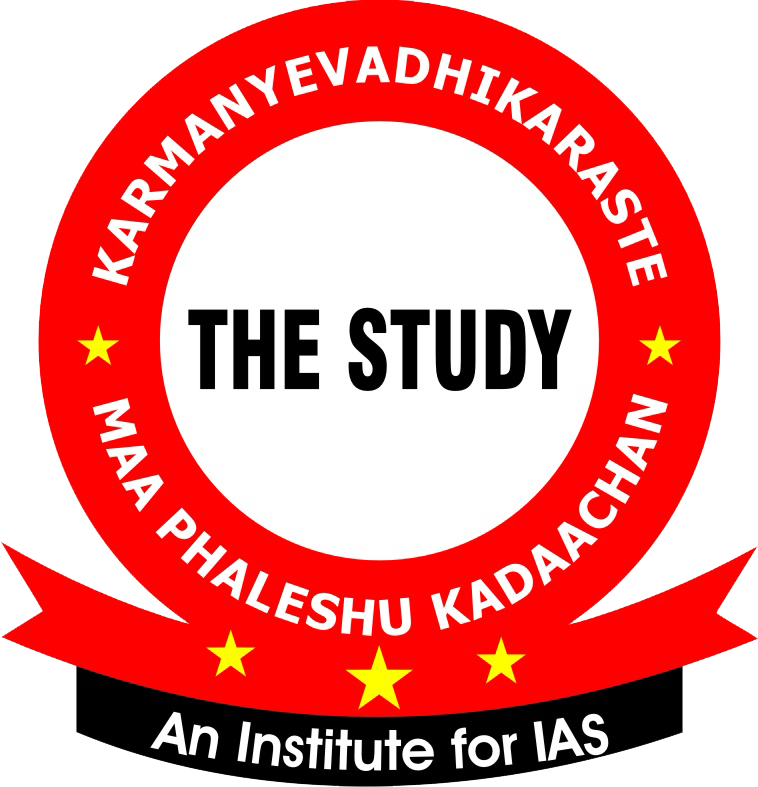Why Dara Shikoh matters
Indian Express, 31-08-21
Paper – 1 (History)
Writer – Tariq Mansoor (Vice-Chancellor and Chairman, Board of Management, Dara Shikoh Centre, AMU)
With his pluralistic outlook and interest in different faiths, art and architecture, he had a deep understanding of India’s syncretic culture.
At a time when incidents of intolerance in the name of faith are being reported from Afghanistan, Dara Shikoh, one of India’s most enlightened thinkers, needs to be remembered. He was a champion of interfaith understanding, philosopher, artist, architect, translator, poet and administrator. Although in 1655 his father and Mughal emperor Shah Jahan declared him the Crown Prince, he was assassinated by his younger brother, Aurangzeb, in a bitter struggle for the throne on August 30, 1659. Dara Shikoh was 44 at the time of his death. Even though he lost the battle against Aurangzeb, he won the war for India. It is that victory we are celebrating as a proud nation, representing the best example in the world for unity in diversity.
Though Dara Shikoh had very little military experience as Shah Jahan had kept him in the court, his father chose him as successor over his other sons who were sent as governors of various states. Shah Jahan was aware that due to India’s deep spiritual roots, it could not be governed by force alone, but only by upholding the ideals of peaceful coexistence, tolerance and winning the hearts of people. It is these values that bind the people of a nation together. What might have been the history of the Indian subcontinent had Dara Shikoh prevailed over Aurangzeb in the battle for succession has been debated for centuries. Though he could not become an emperor, his imprint on Indian civilisation is no less than that of any emperor in the Subcontinent’s history.
Dara Shikoh, who had a deep understanding and knowledge of major religions, particularly Islam and Hinduism, is known as a pioneer of the academic movement for interfaith understanding in India. He strove to develop cordial relationships between people by finding commonalities between Hinduism and Islam and bringing their cultures into dialogue. His most important works, Majma-ul-Bahrain (Mingling of Two Oceans) and Sirr-i-Akbar (Great Mystery), are devoted to the cause of establishing connections between Hinduism and Islam. He not only discovered commonalities but even said that the foundation of the two religions is the same, which is the belief, “One Reality and One God”. He had a pluralistic outlook and understood India’s syncretic culture.
Dara Shikoh acquired proficiency in Sanskrit and Persian, which enabled him to play a key role in popularising Indian culture and Hindu religious thought. He translated the Upanishads and other important sources of Hindu religion and spirituality from Sanskrit to Persian. Through these translations, he was responsible for taking the Hindu culture and spiritual traditions to Europe and the West. During those years, the Europeans did not read Sanskrit but were able to read Persian, and so they read the texts in Persian that were later translated into Latin. This is how a new movement of studying India’s religious and cultural texts spread in the world. After this, the Europeans also started to study Sanskrit. In this way, it was Dara Shikoh’s pioneering work that led to the dissemination of India’s culture outside the Subcontinent. This is his outstanding contribution to India’s intellectual and religious heritage. Subsequently, it became fashionable among the philosophical circles to admire the Upanishads.
Dara Shikoh had a keen interest in the fine arts and architecture. An album he dedicated to his wife is a treasure of Indian art. A rare miniature painting showing him with his spiritual masters is preserved in the library of the Aligarh Muslim University (AMU). As a talented architect, he designed the beautiful Pari Mahal Garden Palace in Srinagar, and many other monuments.
The importance of interfaith connections cannot be overemphasised in our multi-religious and diverse society. At the centenary celebrations of AMU recently, Prime Minister Narendra Modi, like a true statesman, delivered a speech that has been much appreciated globally, wherein he portrayed AMU as a unique symbol of India’s composite culture by labelling it as “Mini India”. Modi also exhorted AMU to undertake study and research in India’s rich cultural heritage to give new energy to India’s cultural relations with the world.
AMU is committed to the development of interfaith understanding among all the religions of the world. To foster a culture of tolerance and national integration by bringing communities together, AMU, in its centenary year, has started the Dara Shikoh Centre for Interfaith Dialogue and Understanding. While history may not have given Dara Shikoh his due, AMU has initiated course correction by taking up the task of popularising his legacy. The Centre has started undertaking important milestones such as translation of Dara Shikoh’s works in other languages, creation of a repository of writings and research undertaken in India and abroad on the life and works of Dara Shikoh, formulation of bibliographies of works done on Hindu religious texts by Muslim authors and vice-versa, among others. This is an initiative undertaken with a liberal mind and vision. AMU’s founder Sir Syed Ahmad Khan, himself undertook the work of understanding scriptures of other faiths by writing commentaries on them.
Dara Shikoh, as a true child of India, is an icon for tolerance, harmony and togetherness. It is due to these values that we Indians, despite many diversities, have been living in unity and oneness for centuries. India’s neighbours and their regimes can learn from this.

